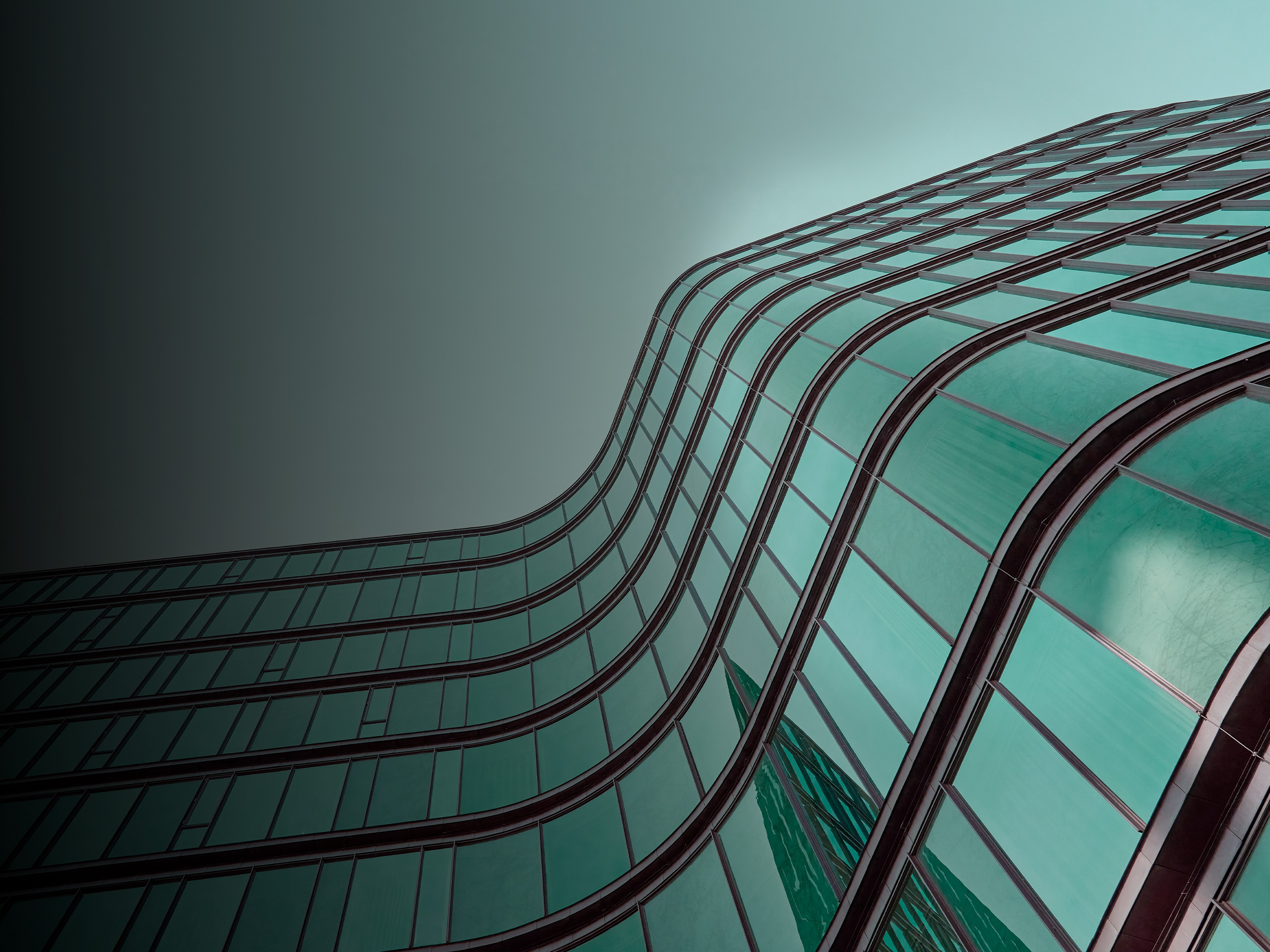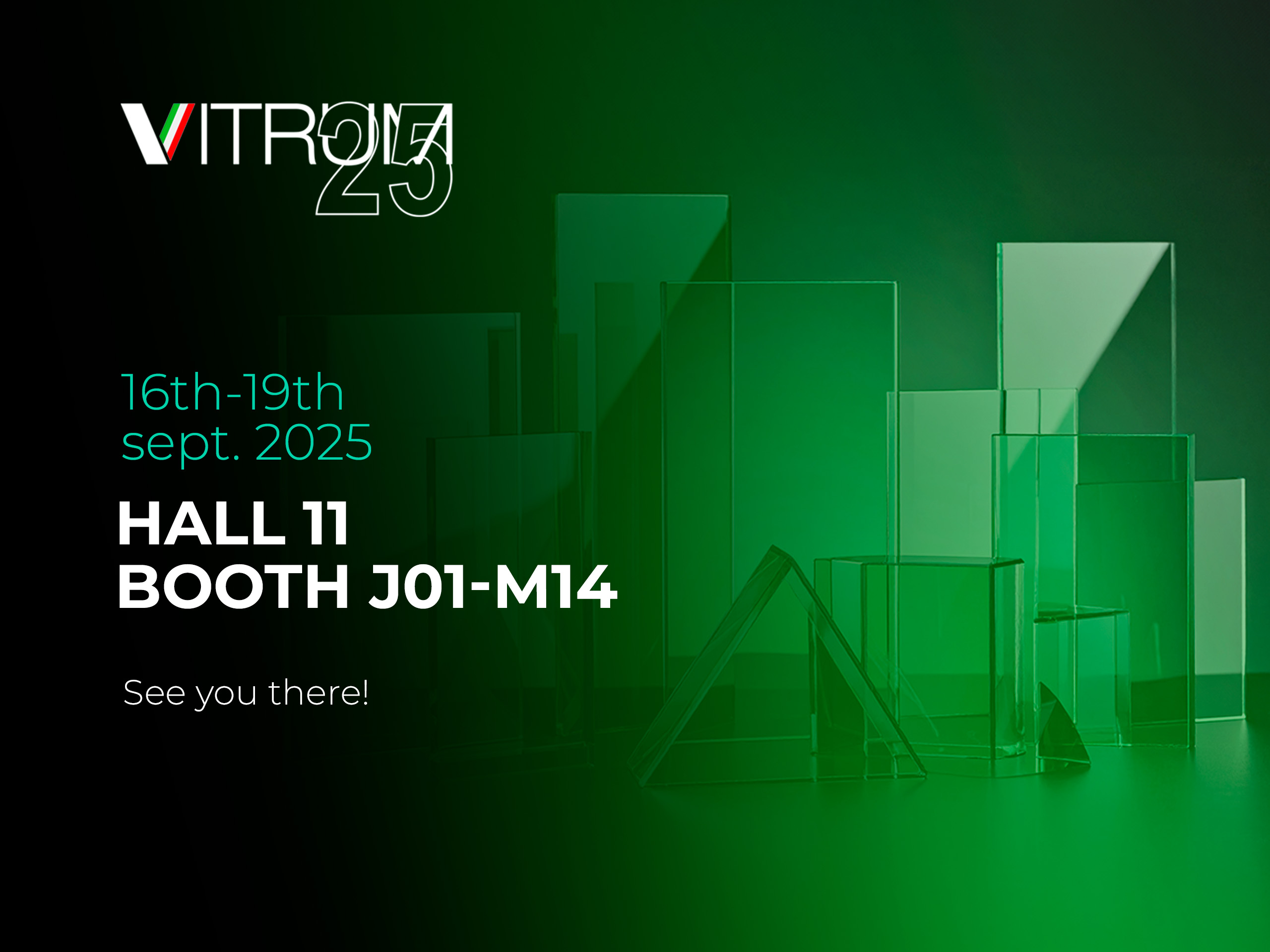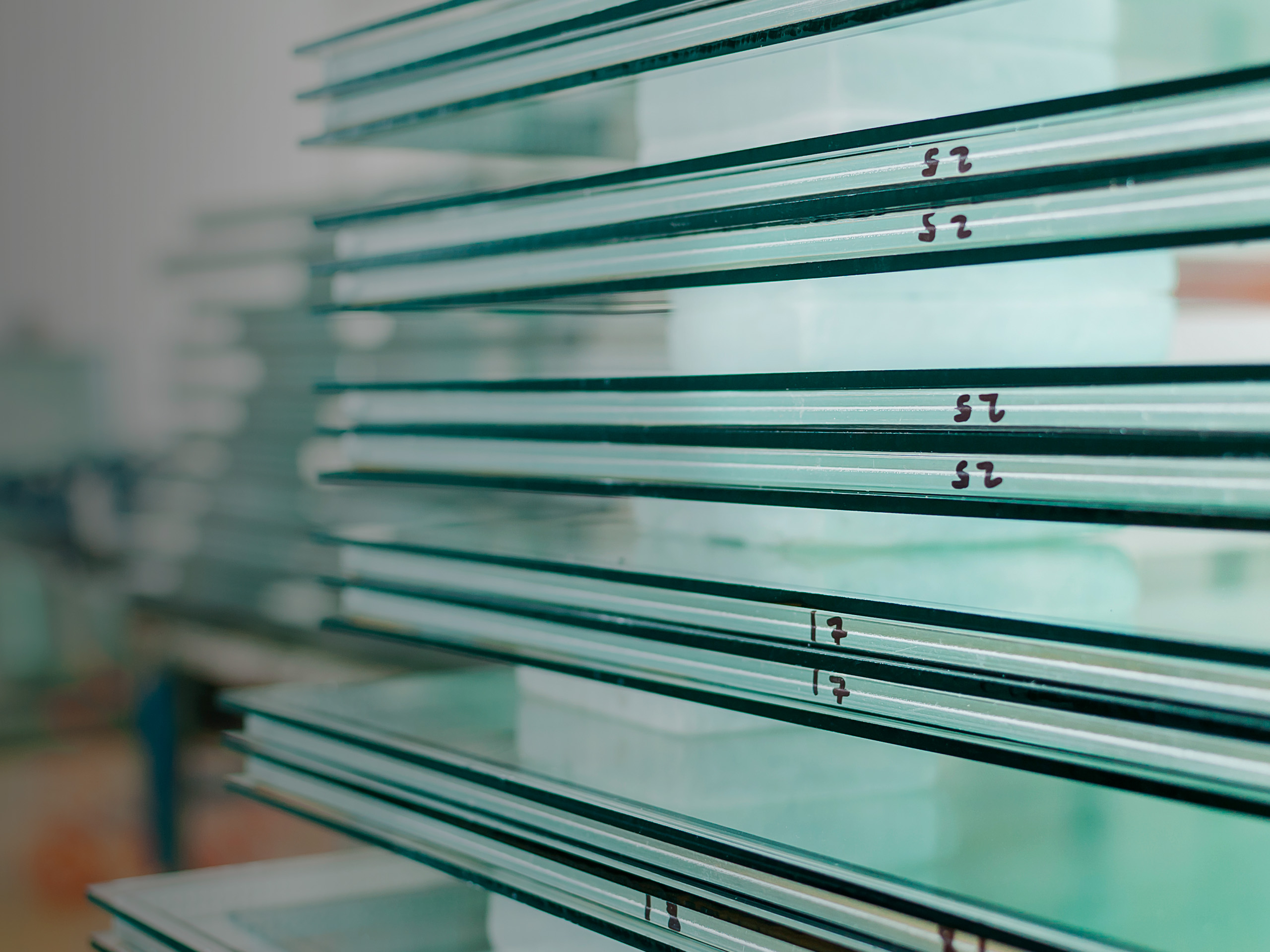Blog
Standards and safety in architectural glass: what changes with energy requalification

Standards and safety in architectural glass: what changes with energy requalification
The transition to a more efficient and sustainable world has fully involved the construction sector.European regulations are constantly being updated and national policies are pushing for the rapid energy refurbishment of buildings. This trend clearly affects construction materials, which have to be sustainable. In this context, architectural glass plays a key role — not just as decorative element, but as technical component that actively contribute to improving the energy performance of buildings while maintaining high safety standards.
Regulatory framework for glass in buildings
To meet new energy efficiency and environmental sustainability needs, it is necessary to refer to the regulatory framework governing the use of glass in buildings.At the European level, the key standards include UNI EN 1279 for insulating glazing units, EN 12150 and EN 14449 for tempered and laminated safety glass and UNI 7697:2021 , which defines safety criteria for glass applications. When it comes specifically to energy retrofitting, architectural glass must provide both thermal insulation and long-term safety for building occupants. The focus has shifted from aesthetics to the contribution of glass to the building’s energy performance and this is something that glass professionals must clearly understand.
New glass needs: efficiency, insulation and specialized processing
Compliance with these standards translates into increasingly detailed and specific requests from clients in terms of thermal transmittance, acoustic insulation and resistance to accidental breakage. As a result, knowing how to work with low-emissivity and solar control glass has become essential. In this demanding and precise environment, choosing the right type of glass and performing the necessary grinding and bevelling processes before installation is a task that must be addressed during the design phase. Climatic conditions and specific construction needs must be carefully evaluated from the beginning.
Safety is another fundamental factor that must not be overlooked. In addition to meeting meeting energy and environmental standards, glass must be able to provide protection against accidental impact, thermal and acoustic insulation and even attempted break-ins. To meet these requirements, laminated and tempered glass panels are often used in combination. This is a growing trend in contemporary architectural design, particularly in the case of public or highly frequented buildings.
Adelio Lattuada's role in high-quality glass processing for construction
In this context of evolving regulations, sustainability and safety concerns, it is essential to rely on glass processing technologies that can guarantee precision, reliability and consistent quality. Adelio Lattuada's glass processing machines — such as straight-line edgers, beveling machines, washing machines, horizontal drills and corner processing machines — meet exactly these needs. Thanks to advanced automation, intelligent software and customized solutions, Lattuada machines enable accurate, high-performance processing that ensures glass compliance with the latest regulatory requirements.
In conclusion, it’s clear that energy retrofitting doesn’t only involve construction systems and materials but also includes the processes and treatments applied beforehand. Conscious design today means integrating thermal performance, safety standards and architectural aesthetics into a single efficient and sustainable solution. To do that, you can rely on Lattuada’s glass processing solutions.
Discover them now contact us! per maggiori informazioni.










